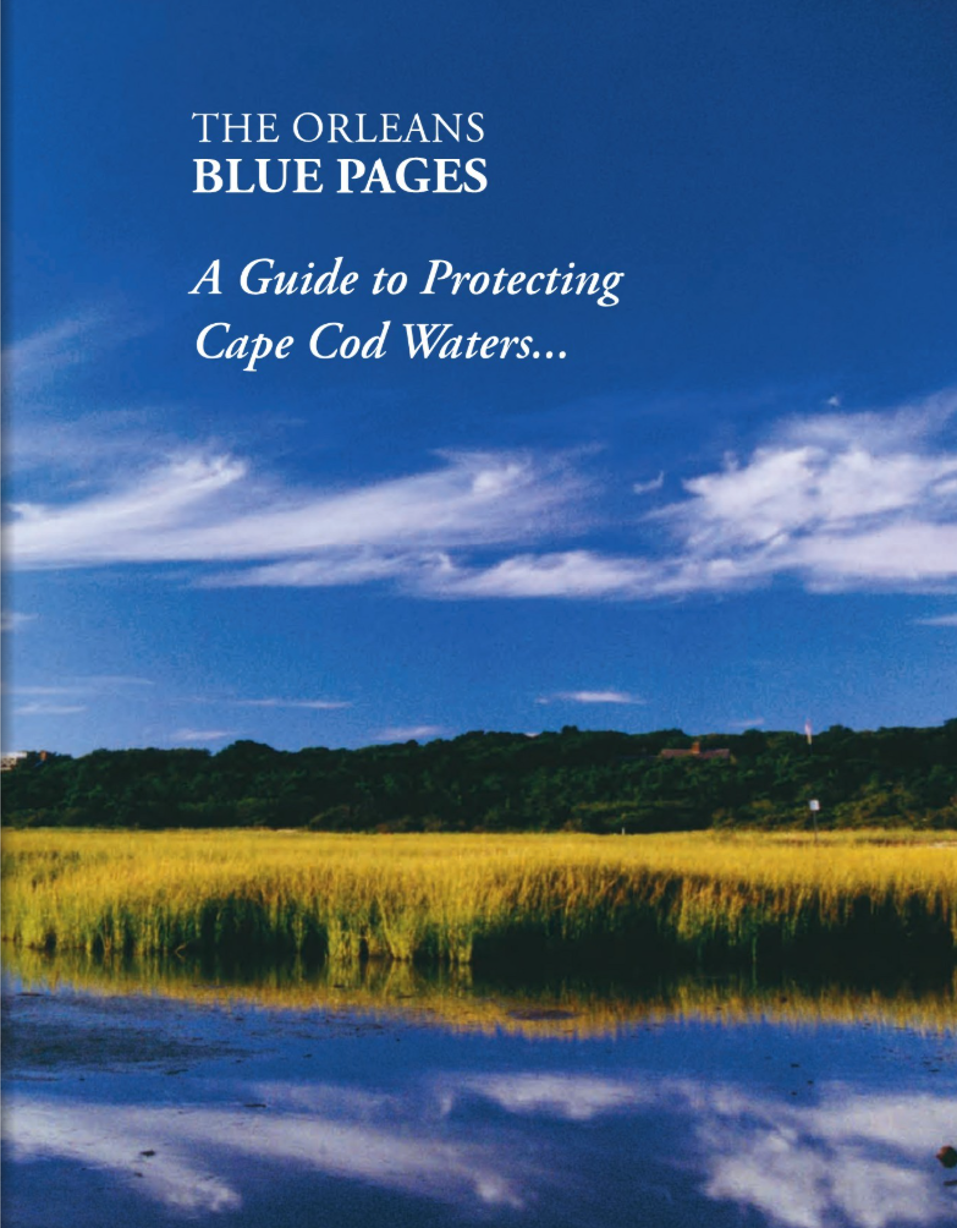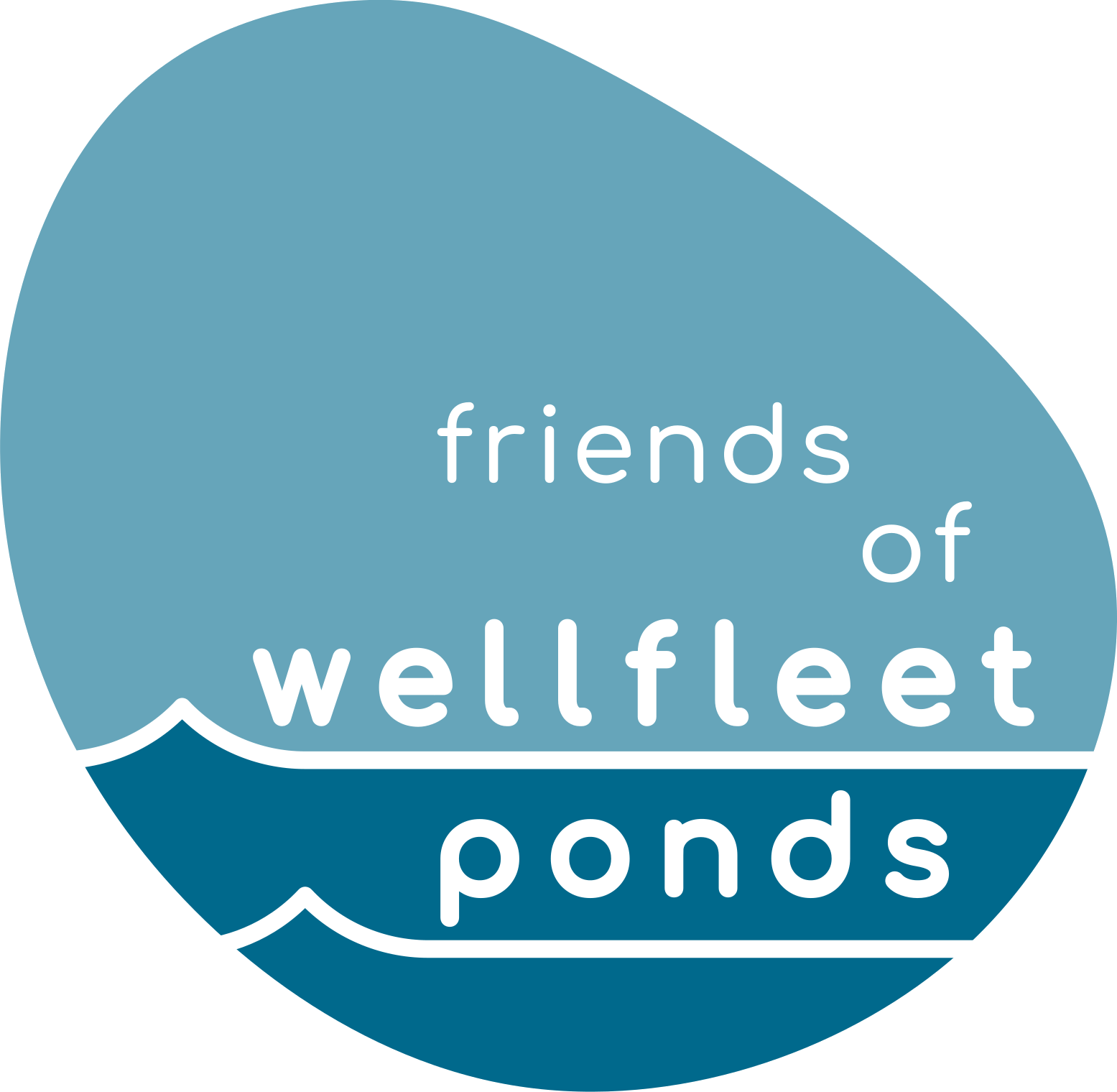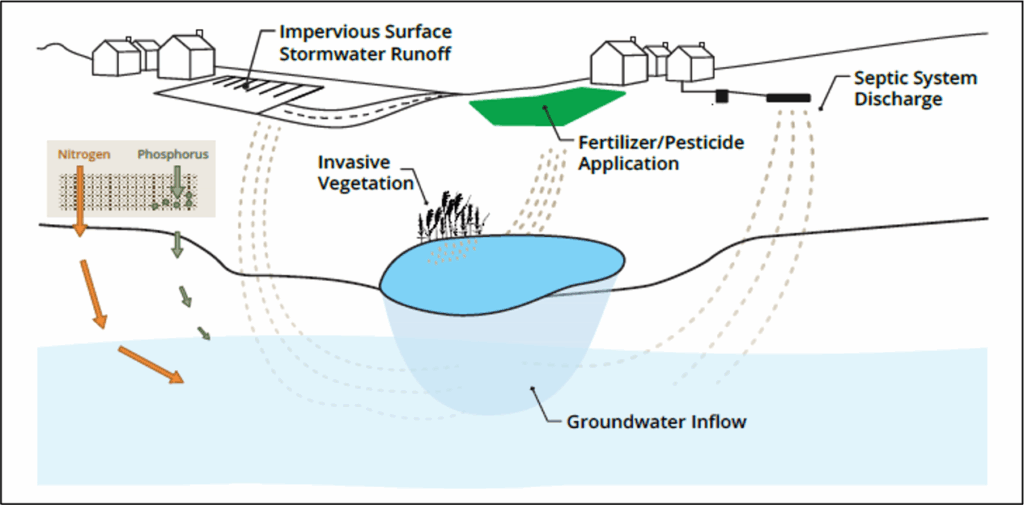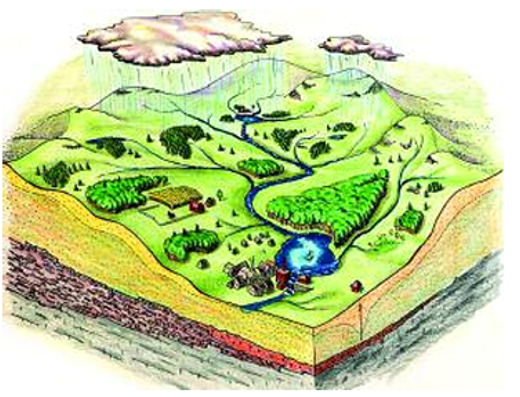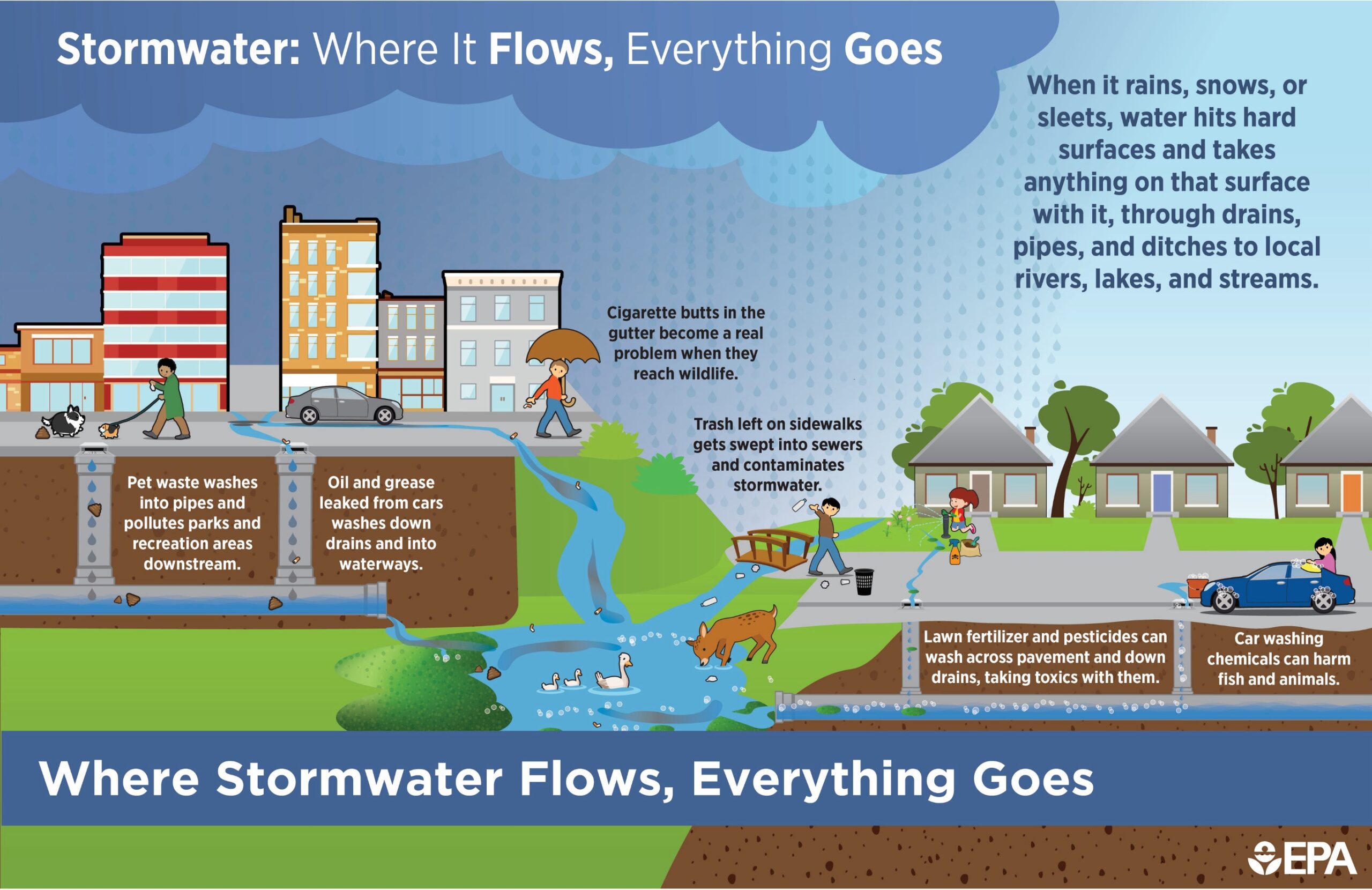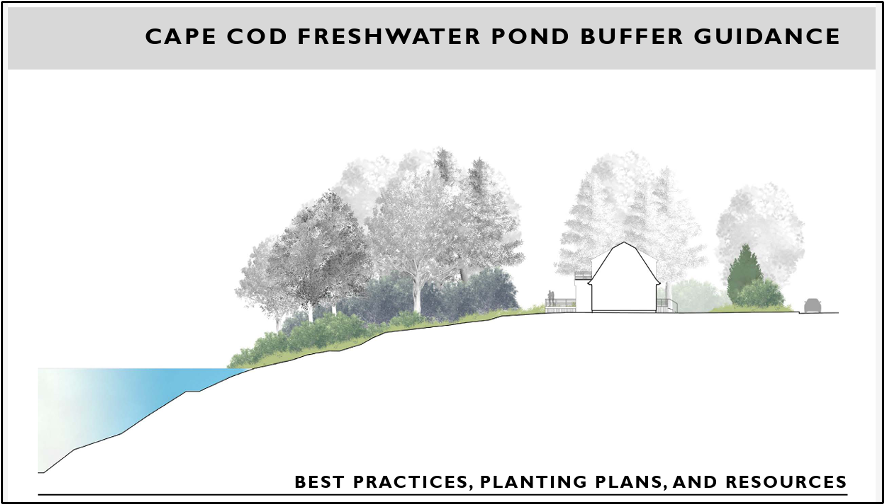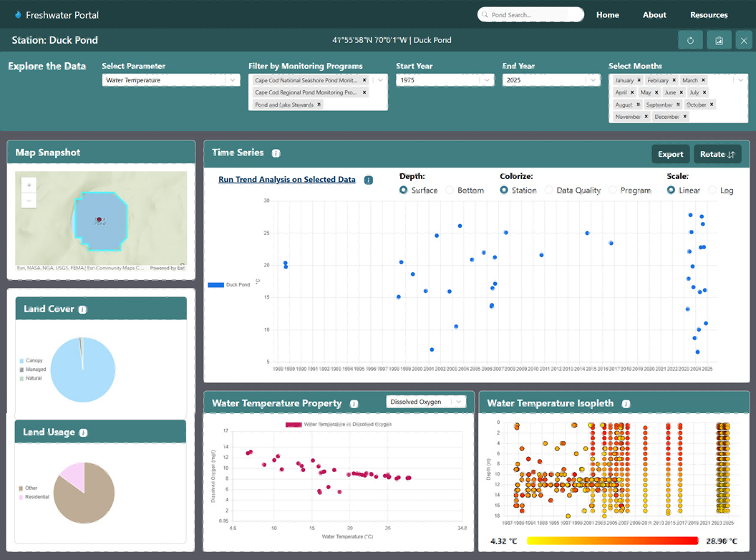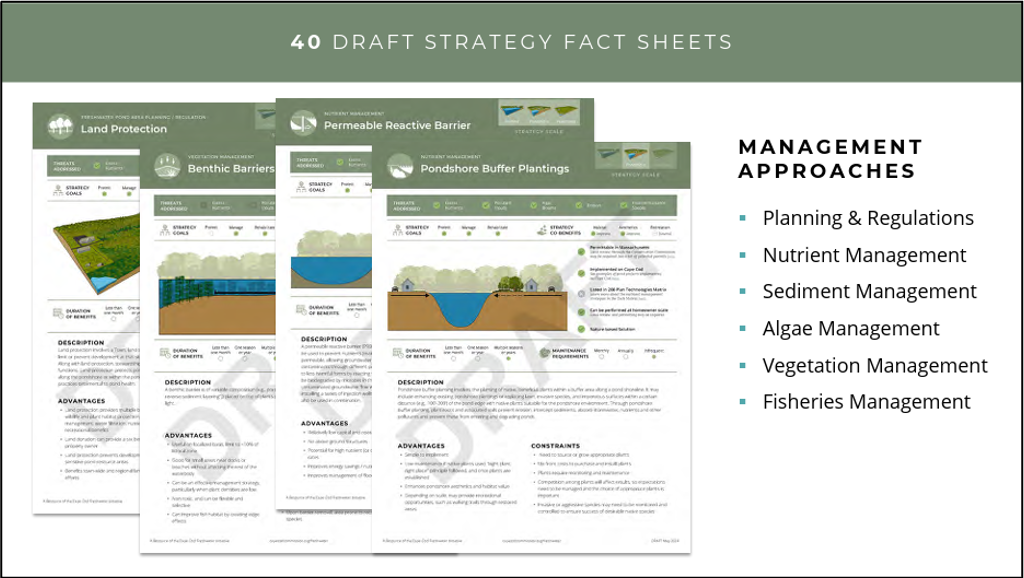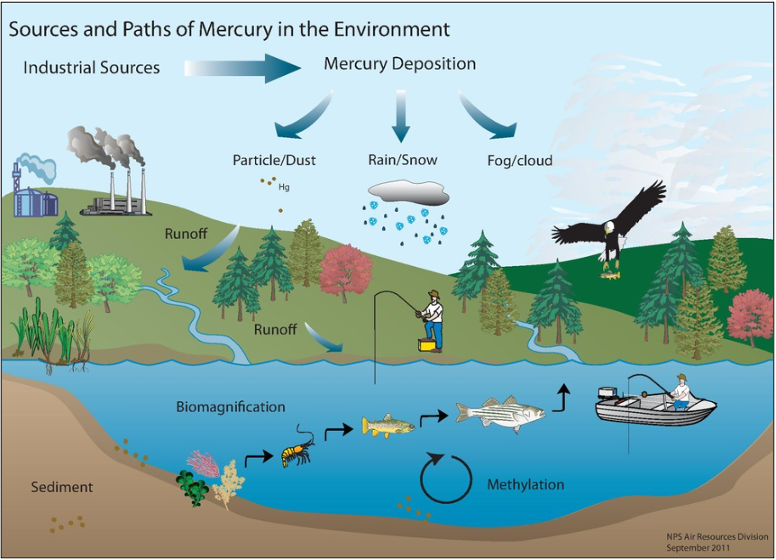Shining a light on the issues
In a recent video produced by APCC*, freshwater ponds are aptly described as “The Jewels of Cape Cod”. Nowhere does that designation apply better than the kettle ponds of Wellfleet and Truro.
For anyone who’s soaked, hiked or otherwise spent time in these beautiful natural areas, the goal of doing all we can to maintain and sustain optimal water quality in them should be a real no-brainer. But doing so is not without its challenges, as summarized in the box at right.
Threats to water quality and the health of Wellfleet ponds
- Excess nutrients – namely nitrogen and phosphorus, from septic systems, fertilizer use, pet wastes and other sources – can trigger Cyanobacteria and other algal bloom events
- Erosion – of shorelines and trails from storms and human activities around the pond can reduce water clarity, harm submerged plants, and carry pollutants into the pond ecosystem
- Invasive species – the spread of non-native species (such as Phragmites and water milfoil) can reduce the diversity of habitats and disrupt the natural balance of the pond community
- Climate change – warming water temperatures and changes to pond thermal regimes can contribute to algal blooms, development of anoxic zones and other impacts to the biota
- Atmospheric deposition of mercury & other pollutants – carried by air masses from far-away industries – can accumulate in pond food chains, resulting in fish consumption advisories
- Other contaminants of emerging concern – including pharmaceuticals, PFAS, microplastics, and personal care products – can enter, persist and impact pond water quality and life forms
Threats to pond water quality graphic from: 2021 Cape Cod Commission Pond & Lake Atlas
Some things we can control and some we can’t
Thoughtful scrutiny of the above list leads to the realization that some of these threats to Wellfleet pond health – namely global warming and atmospheric fallout of pollutants – are not ones we can directly impact by our actions and behaviors at the local level.
But others – as the graphic here illustrates – are certainly ones that those of us who live near, recreate in, or otherwise value our ponds can and should do something about. Several suggestions on the how-to aspects of that are provided further down in this section.
We all live in a watershed
A key message for all of us who make our homes near aquatic habitats of any kind is that whatever we do on the land has an impact on what happens in the water. This message underlies the concept of a watershed – the idea that water flowing across or seeping into the land that drains into a stream, pond or bay can pick up the products of what’s going on from those lands, which will then be reflected in the quality of the waters it connects to.
Picture a drop of rainwater falling on the high point of land bordering a pond (as depicted in the graphic at right). As stormwater flow carries the water (by way of gravity) overland or it seeps in and infiltrates through to the groundwater lens that connects to the pond, the water will pick up nutrients, contaminants and other chemicals along the way and deposit some portion of those substances into the pond it drains into.
Watershed text and graphic adapted from: https://concordma.gov/DocumentCenter/View/7494/The-Massachusetts-Lake-and-Pond-Guide
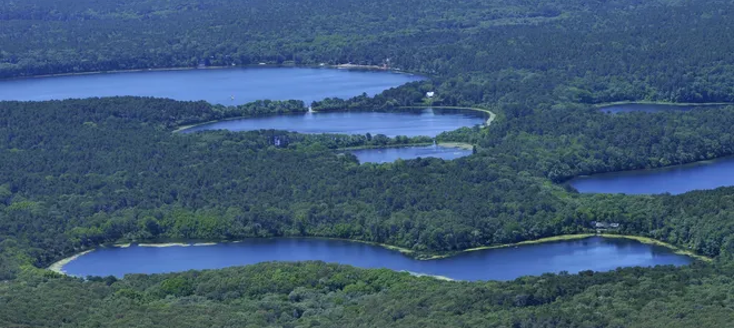
Bird’s eye view of highly-forested watersheds of Wellfleet’s northern ponds – photo by Steve Heaslip – Cape Cod Times
In natural, undisturbed watersheds, trees, other plants and soil microbes can filter and absorb many of the nutrients and other substances that are carried over or through the land before entering a pond. But where the load of pollutants is too heavy and/or stormwater flow is too strong or is prevented from seeping into the ground where roads, parking lots and other impervious surfaces have been constructed, these substances will find their way into the pond where they can impact water quality. Therefore, what we do, and what goes on in a pond’s watershed, along with what is deposited from the air above it, has everything to do with shaping the quality and health of the pond.
So, fertilizing our lawn or gardens – depending on how much and what strength we use (and especially if we do it just before a storm event) – some of the nitrogen and phosphorus in the fertilizer meant for the land can end up in the water, where it will have the same growth-spurring impacts on algae, cyanobacteria and other pond plants as intended for the land. Same goes for pollutants from home septic systems bordering a pond, particularly those that aren’t properly designed and maintained. Bottom line for protecting water quality in our Wellfleet ponds: all of us who live in any of the surrounding watersheds need to do all we can to minimize these impacts.
The chart to follow, compiled from a recent Cape Cod Commission initiative – aimed at assessing potential watershed stressors and impacts for ponds all across the Cape – highlights the outlook in this arena for ten of our most prominent Wellfleet ponds.
Chart summarizing recent Cape Cod Commission evaluation of stressors for Wellfleet ponds *
The chart above compiles data for Wellfleet ponds from the recent Cape Cod Commission’s Pond Physical Characteristics Analysis Summary. The latter utilizes the Commission’s Stormwater Impacts tool, which applies data from GIS mapping layers and other sources to estimate watershed stressor levels for the ponds.
The ‘Driver of Change’ chart was developed as a rubric to assign scores for various pond stressor categories evaluated. The summed scores derived from these analyses were then used to designate a cumulative stressor score level for each of the ponds.
Applying this assessment tool, no Wellfleet ponds were seen to be highly stressed at this time, though Long and Gull ponds were assessed at the ‘stressed’ level.
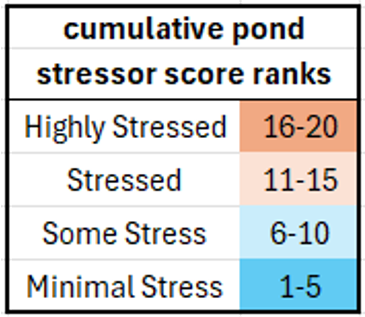

Please note: The above scores did not factor in pond depth, area and volume in relation to watershed area or the existence of any stormwater management practices that could impact inputs to any of the ponds. Nor do they reflect current water quality data pertaining to the ponds. What they do represent is what the Driver of Change criteria on existing watershed conditions for each pond predicts about stormwater stressor impacts to water quality in the pond. Follow the link above for more about the methods used in this study and qualifications for its interpretation.
Take care to ensure our activities on the land bring minimal harm to our ponds
The list of things we can do and ways we can help our ponds remain as pristine as they can be can grow long and tiresome, but if we think of it as a home to living things and consider how we would want our home to be treated and treasured, the path is really quite simple.
The box at left captures the essentials, but there’s a litany of online resources available that can guide you in learning more and diving deeper. A few of the especially helpful and locally-focused ones are highlighted below.
Best practices for maintaining Wellfleet pond water quality
- eliminate or minimize the use of fertilizers, herbicides and pesticides on your land
- maintain your septic system or upgrade to a more effective nutrient-reducing one
- if your property borders a pond, reduce runoff & erosion impacts by maintaining a healthy buffer of “pond-friendly” native plants between your home and the pond
- reduce trampling of vegetation along pond shorelines and trails, and keep boats, kayaks and other recreational gear from covering and crushing shoreline plants
- make sure any flotation devices you bring to a pond are washed clean before use to ensure you’re not introducing any invasive species into the pond
- clean up all pet wastes to keep them from washing into and polluting the pond
- don’t dump any household chemicals, unused medications or other hazardous materials down the drain; dispose of them via environmentally-safe avenues
- when you visit or swim in a pond, take only photos and leave only traces
POND-helpful resources from the Cape Cod Commission
The Cape Cod Commission has developed a wealth of user-friendly resources to assist landowners, decision-makers and pond organizations in how to better manage and care for the freshwater ponds of Cape Cod. This includes:
- a Cape Cod Freshwater Pond Buffer Guidance manual – offering information on best practices, suggestions for native plants and other ideas for implementing environmentally-responsible land stewardship choices around Cape Cod ponds. (https://capecodcommission.org/our-work/cape-cod-freshwater-pond-buffer-guidance)
- a Cape Cod Water Quality Data Portal – compiling decades of water quality data on more than 200 Cape ponds (https://waterquality.capecodcommission.org/pond)
- The Cape Cod Freshwater Strategy Ponds and Lakes – highlighting just about every-thing else you would wish to know about caring for, protecting and restoring Cape Cod ponds (https://www.capecodcommission.org)
Why we shouldn’t eat the fish from some Wellfleet ponds
If you visit some of our most popular Wellfleet swimming ponds, you’ve likely seen signs that advise against consumption of fish from them. These signs are posted by the Massachusetts Department of Public Health based on periodic testing of mercury levels in fish tissue. When testing indicates mercury levels exceeding safe consumption thresholds, a public health advisory is posted at the pond. The most recent (2025) tests show advisories for not eating any fish from Duck, Dyer, Great and Long ponds, and to limit yellow perch taken from Spectacle Pond to no more than two meals per month. Several of the National Seashore ponds in Truro ponds also advice against eating fish. Gull Pond is a notable exception to the advisories.
The good news is that sources of mercury pollution are declining and that mercury in our ponds is only a problem for humans via the pond food chain (by eating fish).
It does not present a hazard to swimming in the ponds or the accidental swallowing of pond water. More information on state mercury monitoring can be found at: www.mass.gov/guides/massdep-mercury-information#-mercury-is-everywhere-
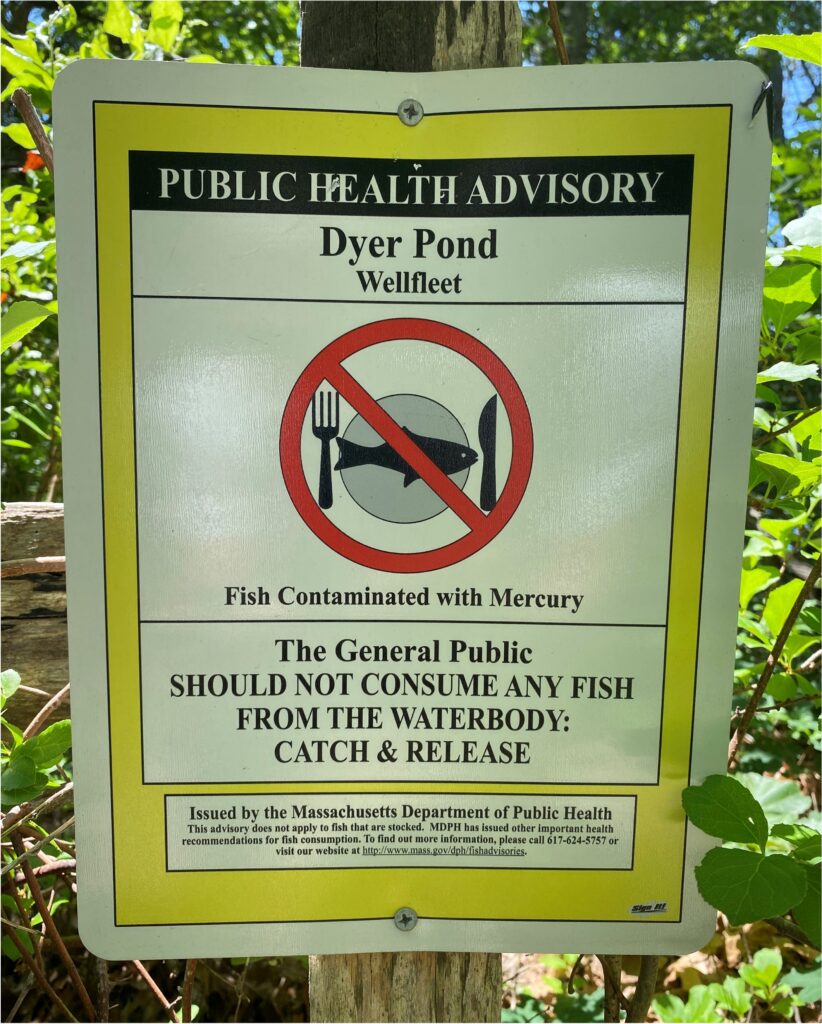
Source of graphic: https://geonarrative.usgs.gov/dmp/
HOW DOES MERCURY GET INTO OUR PONDS?
Mercury enters our ponds as fallout from air masses that carry pollutants from industrial sources – particularly coal and other fossil fuel burning power plants – often from far away places. Incineration of medical and municipal wastes also contribute mercury to the atmosphere.
After landing, under certain conditions, microbes that occur naturally in a pond can convert airborne mercury into a more toxic form called methylmercury, which can bioaccumulate in pond food chains and become magnified in the tissues of animals feeding at higher levels of the chain, including fish, fish-eating birds and humans.
Once settled in a pond, mercury will not degrade to a harmless state and can persist for a long time, both in pond sediments and the food chain.
Some other stuff to know about mercury
- because mercury is easily absorbed into body tissues from food, it can concentrate in, and cause harm to, any living thing (including humans, birds and other wildlife) that eat fish from contaminated waters
- mercury exposure can pose serious human health risks, including damage to the brain, heart, liver, kidneys, and immune system
- pregnant and nursing women should avoid eating fish from mercury impacted waters, as it can be passed to, and cause irreversible brain and nervous system damage to, developing fetuses & nursing babies
- at least 40 U.S. states, including all the New England ones, have fish in their ponds and lakes that show elevated levels of mercury
- some of the highest levels of mercury in the U.S. are found in our ponds
- although stricter clean air standards have reduced mercury emissions in recent years, and decreases in pond acidity make mercury less apt for absorption in animal tissues, high levels persist in our pond fishes
- mercury is also found in many common household objects, including fluorescent light bulbs, button cell batteries, blood pressure cuffs, thermometers, skin lightening creams and some electronic devices
- Consumers of such materials should avoid disposing of them down the drain or in trash (please use hazardous waste drop-off venues)
- in 2006, Massachusetts passed a Mercury Management Act to control the sale, use and safe disposal of products containing mercury
- recent declines in mercury pollution and levels observed in fish from Massachusetts ponds bring hope on the horizon for this issue
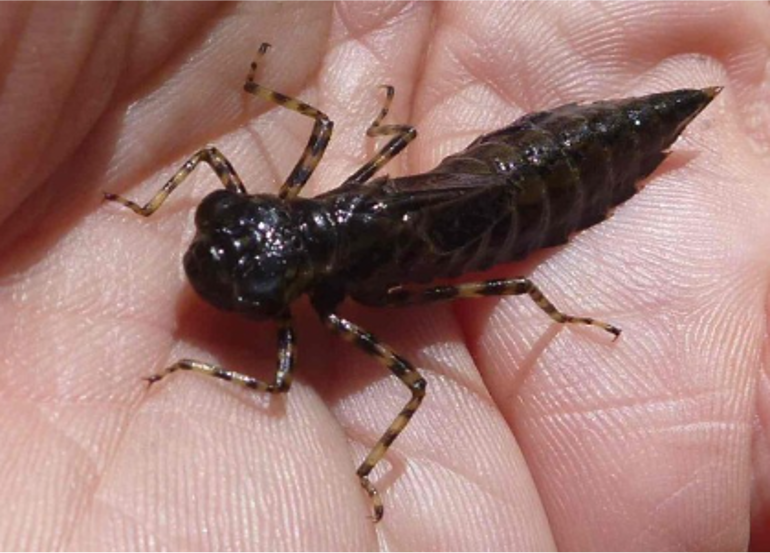
WHAT DOES THIS GUY HAVE TO DO WITH IT?
Since 2012, the Cape Cod National Seashore has participated in the nationwide Dragonfly Mercury Project, which uses this common denizen of pond ecosystems to monitor mercury accumulation in pond food chains. Dragonfly larvae – by way of feeding on smaller organisms at pond bottoms – accumulate mercury in their tissues at levels comparable to fish and thus serve as useful bio-indicators of mercury levels in fish consumed by humans.
Of the hundreds of U.S. sites monitored in this study, Cape Cod ponds are among the 12% deemed at “severe risk for mercury toxicity” (source: https://geonarrative.usgs.gov/dmp/)
A septic system care primer from the town of Wellfleet
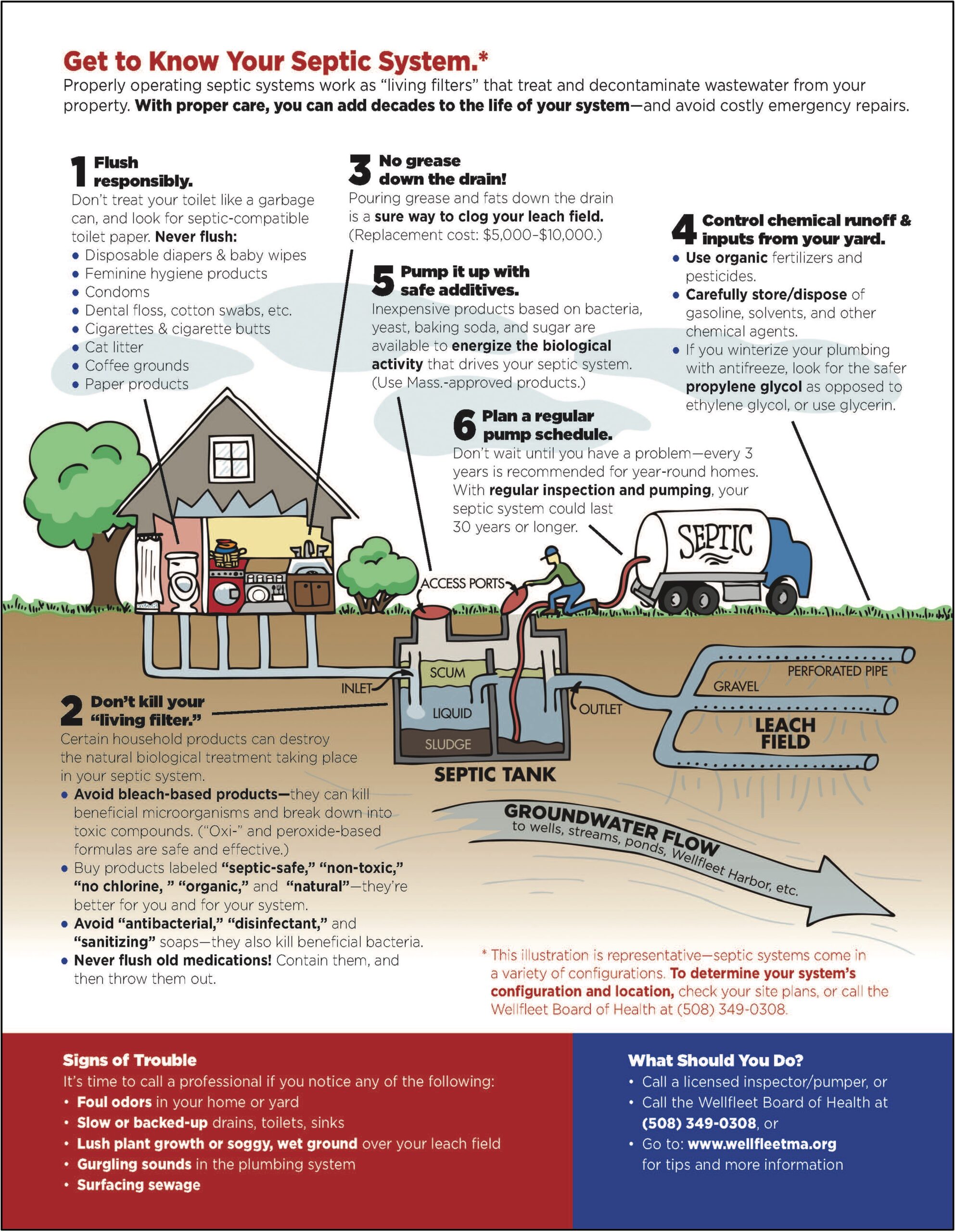
The Orleans Pond Coalition’s Blue Pages
Loaded with helpful tips and guidelines for pond protection and stewardship – check it out at: www.orleanspondcoalition.org/blue-pages/
